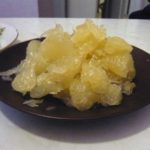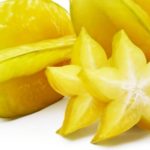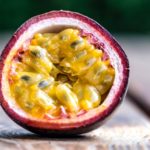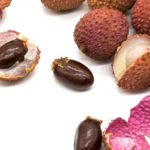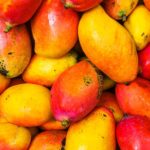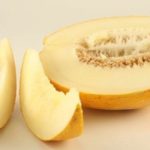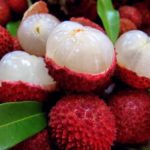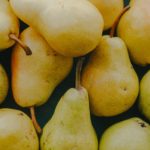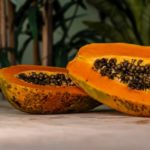What is a suite?
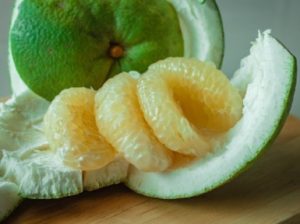 What is a suite? Such a question can often be heard in a store near the counters with these green round fruits similar to unripe oranges. It’s like grapefruit in size, like lemon in color, and the smell, although tasty, is not familiar at all. But the most amazing thing is that, despite his not quite appetizing appearance, he is surprisingly sweet, about like mandarin.
What is a suite? Such a question can often be heard in a store near the counters with these green round fruits similar to unripe oranges. It’s like grapefruit in size, like lemon in color, and the smell, although tasty, is not familiar at all. But the most amazing thing is that, despite his not quite appetizing appearance, he is surprisingly sweet, about like mandarin.
What is the suite and how it appeared you can learn from this brief review.
Sweet fruit is not a work of nature, it is the fruit bred by a person by selection. In the 1960s and 70s, Israeli scientists who worked in the experimental laboratory of the University of California, located in the city of Riverside, worked on the development of new varieties of citrus. They wanted to make a fruit as healthy as grapefruit but sweeter.
As a result of many experiments, they got such a fruit from crossing a white grapefruit and pomelo. The bred hybrid turned out to be sweeter than ordinary grapefruit and excelled in taste. American scientists even patented their discovery in 1981 under the name “oroblanco,” which means “white gold” in Spanish. This is what the flower of this fruit looks like.
However, Oroblanco did not receive much popularity. Its main drawback was that it remained the same size as a grapefruit, but like a broom, it had a very thick peel, and the pulp slices were covered with thick inedible films, so that too much waste remained when consumed.
In Israel, they also worked on the development of such a fruit, and in 1984, a hybrid called “Sweetie”, which means “sweet” in English, is sweet, was bred by crossing the “Marsh” white grapefruit and the Siamese Sweet pomelo. The suite has a slightly different taste, but most importantly it does not have the “bitterness” that is present in oroblanco. It is under the name Sweetie that this fruit is now common in most countries of Europe.
What is a city? The shape of this fruit is similar to grapefruit, the same round fruit up to 15 cm in diameter, covered with a dark green thick peel. Under a rather thick peel, which under the green surface is a dense white mass, there is divided into slices covered with a transparent film, the juicy pulp of the fetus, which is its edible part. Due to the thick peel and films inside the fruit, the sweetener, when cutting, about a third of the mass goes to waste, but the unusual sweet taste and specific aroma is worth it.
Sweetie is the only citrus fruit that almost until its ripening has such a rich green color. As they ripen, some varieties of sweet peels may acquire a yellowish tint, but they come to us almost bright green, because all citrus fruits to be transported long distance are removed in a slightly immature state. Absolutely ripe suites taken from trees are more juicy and sweeter, but they simply cannot be transported, they quickly become worthless. But even in this state, any fruit lover, having tried at least once, can fully appreciate its taste and understand what is sweet.
According to nutritionists, the suite is considered one of the most beneficial citrus fruits. They are successfully used in various diets for weight loss. The sweetness of this fruit is not justified by an excess of fructose, but by the absence of acids, so they are recommended for diabetes. Sweet juice is especially useful.
Sweetie is not only a dietary product, but it is also a storehouse of microelements, especially potassium of which contains 1004 to 212 mg per 100 g of product. so this fruit is useful to almost everyone, except for children under the age of one year.
Sweetie, like all citrus fruits, grows in tropical and subtropical climates. However, varieties capable of growing and bearing fruit in a cooler climate were developed. Today, sweeties are common in South and Central America, in countries in Southeast Asia (in India, China, Japan), in southern Europe (in Spain, Portugal, Italy), in the countries of the Middle East, and are grown in large quantities in Israel. In Russia, suites are not grown; they are supplied mainly from Israel.

